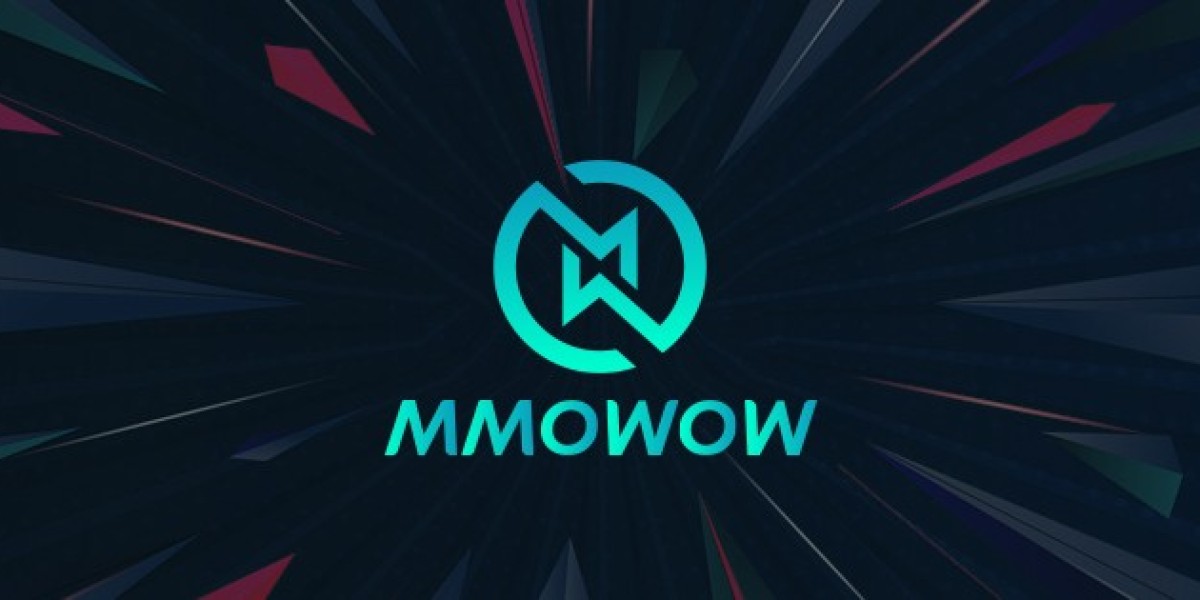The global Robotic Deburring Market is experiencing rapid growth due to increasing demand for precision manufacturing, automation, and labor efficiency across industries. Robotic deburring systems remove unwanted material and smooth surfaces with high accuracy, making them essential in automotive, aerospace, electronics, and metal fabrication sectors.
Robotic deburring solutions offer consistent quality, reduce human error, and enhance productivity. As manufacturing processes become increasingly complex, these systems provide a cost-effective alternative to manual deburring, helping companies meet stringent quality and safety standards. Adoption is further driven by Industry 4.0 trends and smart factory initiatives worldwide.
Research Intelo projects strong growth in the Robotic Deburring Market, with rising investments in automation and AI-enabled robotic systems boosting operational efficiency. Expanding industrialization, labor cost concerns, and the push for higher precision in manufacturing processes are key factors shaping the market.
Key Market Drivers
Several factors are propelling the Robotic Deburring Market:
Automation adoption: Companies are shifting toward robotic systems to reduce manual labor and increase productivity.
Demand for precision: Industries require consistent deburring for high-quality manufacturing and safety compliance.
Labor cost optimization: Robotics reduce dependency on skilled operators and associated costs.
Industry 4.0 initiatives: Integration with smart factories and AI-enabled processes enhances efficiency.
These drivers collectively underscore the increasing reliance on robotic deburring systems in modern manufacturing.
Market Restraints
Despite the growth potential, several factors restrain market expansion:
High initial investment: Advanced robotic deburring systems require significant upfront capital.
Integration complexities: Incorporating robotics into existing production lines can be challenging.
Workforce skill gaps: Operators need specialized training to manage robotic systems effectively.
Addressing these challenges will be critical for wider adoption across diverse industries.
? Request a Sample Report: https://researchintelo.com/request-sample/8001
Opportunities in the Market
The Robotic Deburring Market presents promising opportunities:
Emerging industries: Aerospace, electronics, and medical devices increasingly require robotic precision.
AI and machine learning integration: Smart deburring systems improve performance and predictive maintenance.
Small and medium enterprises (SMEs): Affordable robotics solutions are expanding adoption in smaller manufacturing units.
Sustainability initiatives: Robots reduce material waste and energy consumption, supporting green manufacturing practices.
These factors indicate strong potential for technological innovation and market expansion.
Market Dynamics and Growth Trends
The market is witnessing notable technological advancements, including collaborative robots (cobots) for safer human interaction and multi-axis systems for complex tasks. Robotic deburring solutions are increasingly used for grinding, polishing, and surface finishing operations in metal and composite components.
Asia-Pacific: Dominates the market due to rapid industrialization in China, Japan, and South Korea.
North America: Growth is driven by automotive and aerospace manufacturing automation.
Europe: Focuses on precision engineering, compliance, and advanced manufacturing technologies.
Emerging markets in Latin America and the Middle East are witnessing increasing adoption as industrial automation spreads globally.
Global Market Value Insights
The Robotic Deburring Market is projected to reach a significant valuation in the coming years. Demand is fueled by rising automation, stringent quality standards, and labor cost optimization efforts. Robotic systems offer operational efficiency, consistent output, and faster processing compared to manual deburring.
Integration with AI and IoT enables predictive maintenance, real-time monitoring, and performance analytics. These capabilities improve uptime, reduce errors, and optimize throughput, positioning robotic deburring as an essential component in modern manufacturing environments.
? View Full Report: https://researchintelo.com/report/robotic-deburring-market
Competitive Landscape and Future Outlook
The market is competitive, with innovation focusing on safety features, multi-axis flexibility, and easy integration into existing production lines. Research Intelo notes that future growth will depend on the development of lightweight, energy-efficient, and AI-powered systems that enhance productivity and reduce operational costs.
As manufacturing processes evolve, robotic deburring systems are expected to expand beyond traditional metalworking to composites, plastics, and advanced materials, creating new applications and revenue streams.
Key Benefits of Robotic Deburring Systems
Enterprises adopting robotic deburring solutions can realize multiple benefits:
Enhanced precision and consistency in material finishing.
Reduced labor costs and operational risks.
Increased throughput and faster processing times.
Safer work environments with reduced exposure to hazardous materials.
Scalability across various production volumes and industrial sectors.
These advantages are driving adoption across automotive, aerospace, electronics, and other precision manufacturing sectors.
Challenges and Limitations
Despite strong market growth, challenges remain:
High upfront costs: May limit adoption among small-scale manufacturers.
Integration hurdles: Existing machinery and processes may require adaptation.
Skill requirements: Operators need training to manage advanced robotic systems.
Overcoming these barriers will enable the market to reach its full potential across global manufacturing industries.
? Enquire Before Buying: https://researchintelo.com/request-for-customization/8001
Future Opportunities Across Industries
The Robotic Deburring Market is expanding into diverse industrial applications:
Automotive: Cobots perform precise finishing for engine and body components.
Aerospace: High-precision deburring is critical for safety and performance.
Electronics: Robotic systems handle delicate components with minimal errors.
Medical devices: Robots ensure contamination-free and precise surface finishing.
Integration with AI, machine vision, and collaborative robotics will continue to redefine precision manufacturing, making robotic deburring essential for modern industrial processes.
Conclusion
The Robotic Deburring Market is poised for transformative growth, driven by automation trends, Industry 4.0 initiatives, and AI integration. Robotic systems enhance precision, productivity, and safety, positioning themselves as indispensable tools in modern manufacturing.
Research Intelo highlights that with ongoing technological advancements and rising adoption across industries, the Robotic Deburring Market will experience substantial expansion, offering significant opportunities for manufacturers, service providers, and industrial operators worldwide.
? Check Out the Report: https://researchintelo.com/checkout/8001







